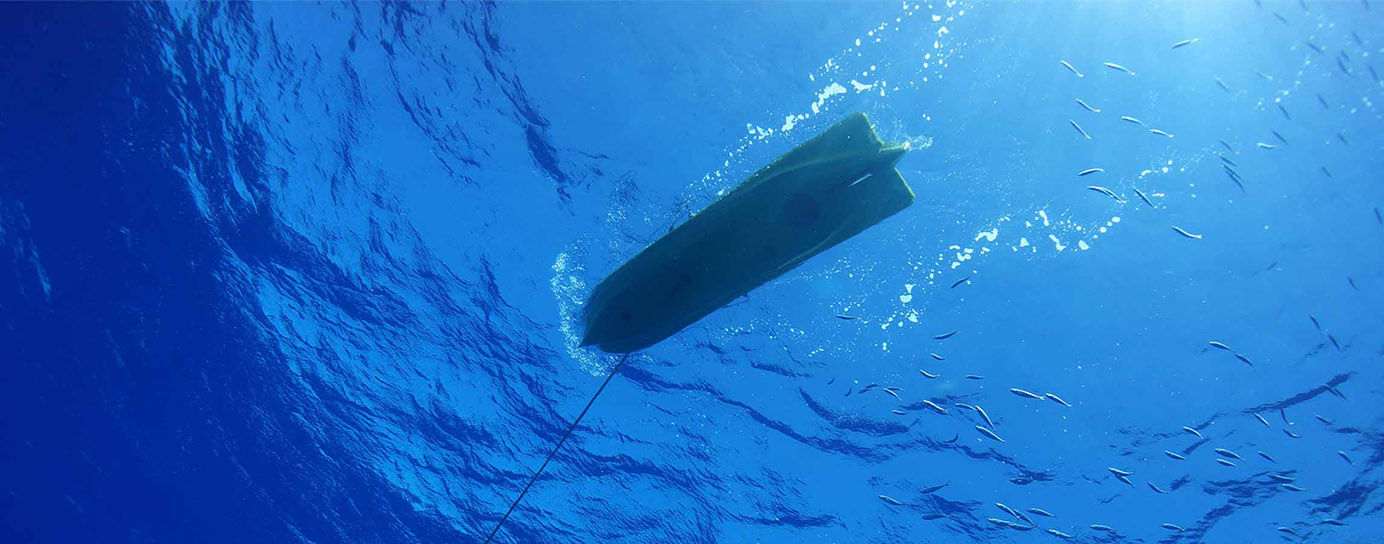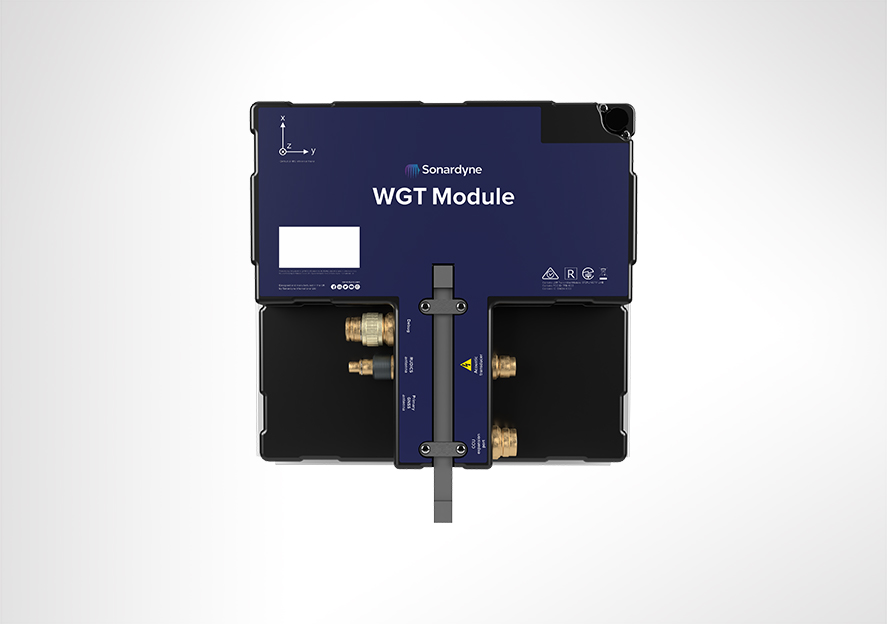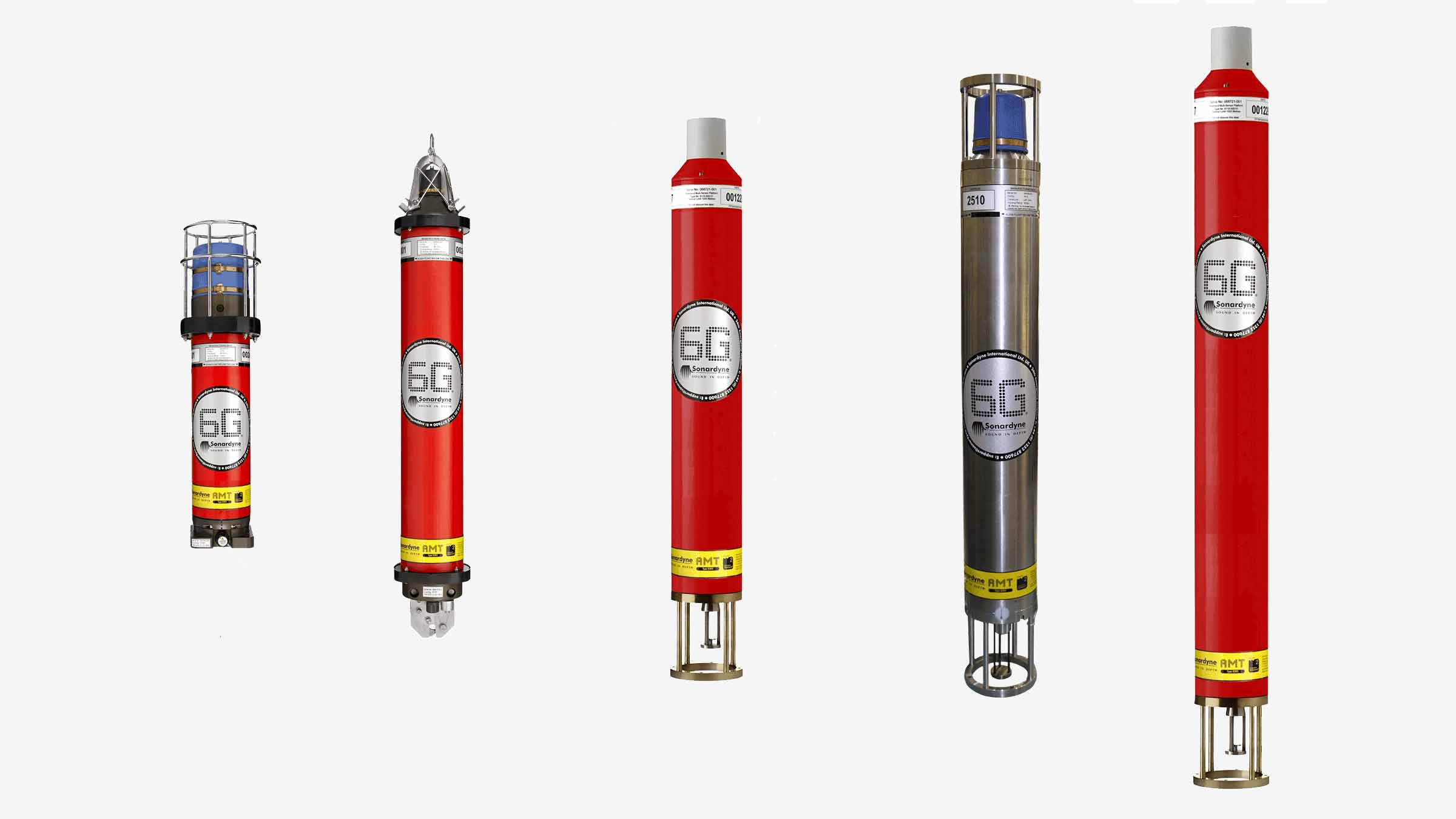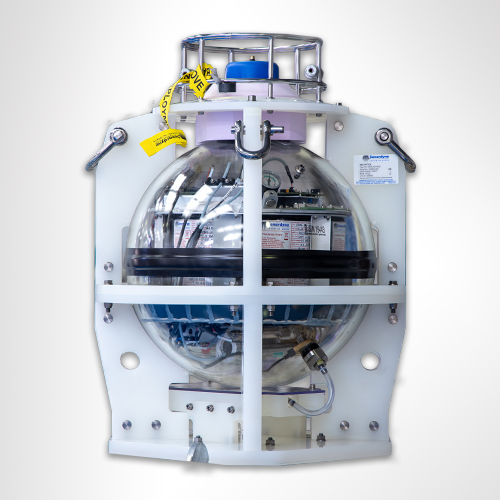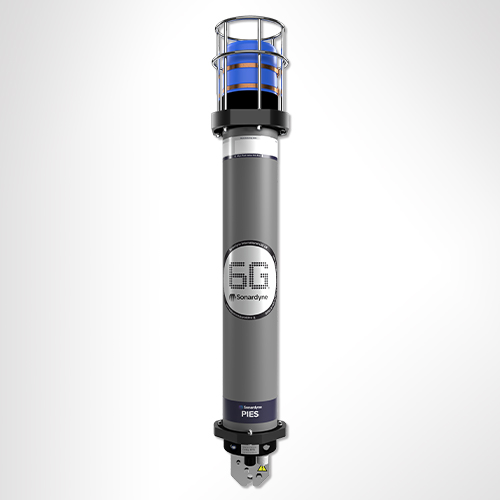Wave Glider Transceiver
Overview
The WGT functionality enables Wave Glider to acoustically collect data from large arrays of seabed instruments in a highly cost-effective manner without the need to deploy a traditional surface ship to perform this operation. Instead, Wave Glider is controlled remotely from a shore station via Iridium satellite communications.
The WGT is capable to be used with directional transducer options for operating in both Medium Frequency (MF) (20-34 kHz) and Lower Medium Frequency (LMF) (12-20 kHz) bands to suit different seabed instruments and is fully Sonardyne Wideband® 2 compatible.
The WGT is tightly integrated into the Wave Glider vehicle communications and power systems thereby providing many of the standard acoustic commands and features associated with Sonardyne 6G® products.
Data is passed by Wave Glider to the Iridium satellite system for onwards transmission to the user in near real time.
At a glance
- Custom engineered for a Wave Glider standard aft payload space
- Provides subsea-surface-shore gateway link for Sonardyne long endurance sensors
- Enables direct remote data collection on demand, monitoring and control from shore based Wave Glider operations centre
- Integrated acoustic modem with data rates from 100 to 9,000 bps
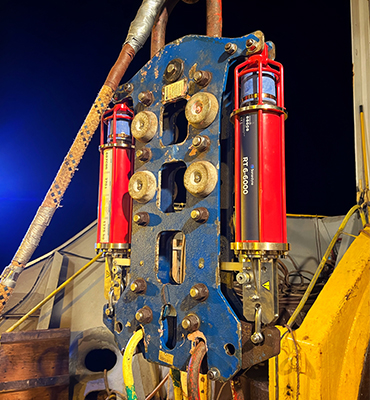
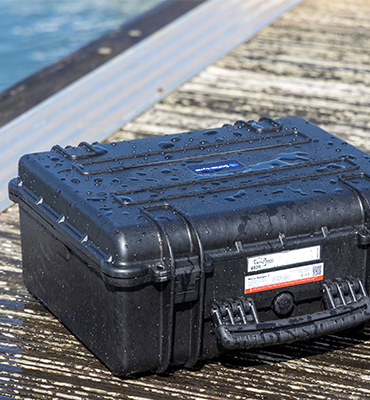
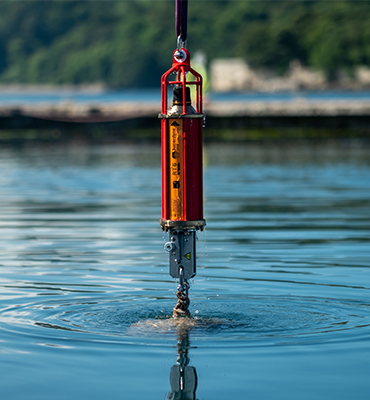
Specifications table
| Feature | Type 8297-010-05 (WGT Module) | Type 8297-010-04 (GPS-A Module) |
|---|---|---|
| Operating frequency | MF (20–34 kHz) | MF (20-34 kHz) |
| Transducer beam shape | Directional | Directional |
| Transmit source level (dB re 1 µPa @ 1 m) | 190–202 dB (4 levels) | 190–202 dB (4 levels) |
| Tone equivalent energy (TEE) | 196–208 dB | 196–208 dB |
| Receive sensitivity (dB re 1 µPa) | 90–120 dB (7 levels) | 90–120 dB (7 levels) |
| Acoustic modem data rates | 100-9,000 bps (6 levels) | 100-9,000 bps (6 levels) |
| Dimensions (length x width x height) | 412 x 389 x 205 mm | 412 x 389 x 205 mm (standard Liquid Robotics 3 MPU) |
| Weight in air/water | 10.4/-15 kg | 10.4/-15 kg |
| Operating temperature | -10 to 45°C | -10 to 45°C |
| Storage temperature | -20 to 55°C | -20 to 55°C |
| Internal backup battery for acoustic modem | Rechargeable Li-ion (2.2 Ah) | Rechargeable Li-ion (2.2 Ah) |
| Satellite communications | Iridium RUDICS (2,400 bps) | Iridium RUDICS (2,400 bps) |
| GNSS receiver | – | Survey grade L1 & L2 receiver: Novatel OEM7720 series (GNSS derived heading) |
| AHRS device | – | XSENS MTi-300 and/or EPSON G320 SPAN INS |
| Ranging clock | – | GPS derived 4 MHz pulse conditioned to 8 MHz |
| Communication and logging: Communications | – | Wi-Fi, RS232 transceiver, RJ45 Ethernet, dedicated power and comms for GNSS and HRP, single RS232 expansion port with 5 V power pass through |
| Communication and logging: Internal logging | 128 GB dual redundant internal memory; RINEX GNSS logging; SPAN INS logging |
|
| System components | WGT Module Wave Glider Payload; 4 m Remote Transducer; Wave Glider Transducer Compatible Skeg |
GPS-A Module Wave Glider Payload; 4 m Remote Transducer; Wave Glider Transducer Compatible Skeg |
